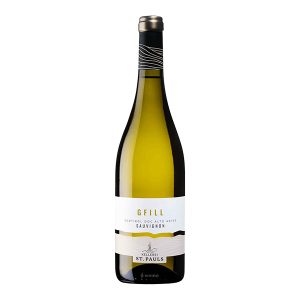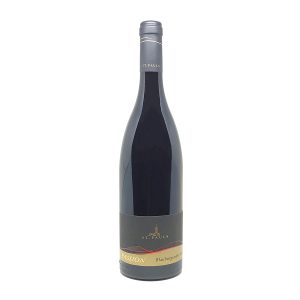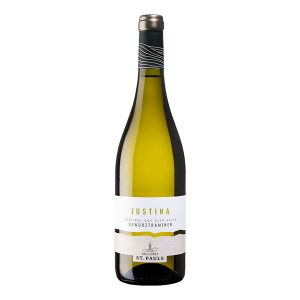The region is bordered by East and North Tyrol (Austria) to the north-east and north respectively, by Graubünden (Switzerland) to the north-west, and by the Italian regions of Lombardy to the west and Veneto to the south and south-east. It covers 13,607 km2 (5,254 sq mi). It is extremely mountainous, covering a large part of the Dolomites and the southern Alps.
The region is composed of two provinces, Trentino in the south and South Tyrol in the north. Trentino has an area of 6,207 km2, most of it mountainous land (20% is over 2,000 m (6,600 ft) and 70% over 1,000 m) and covered by vast forests (50% of the territory). The climate is various through the province, from an alpine climate to subcontinental one, with warm and variable summers and cold and quite snowy winters. The region has always been a favourite destination for tourists, both in winter for skiing in the high mountains and in summer to visit the wide valleys and many lakes (the largest being Lake Garda).
South Tyrol has an area of 7,398 square kilometres (2,856 square miles), all of it mountainous land and covered by vast forests. The climate is of the continental type, owing to the influence of the many mountain ranges which stand at well over 3,000 metres (9,800 feet) above sea level and the wide valleys through which flow the main river, the Adige, from north to south and its numerous tributaries. In the city of Bolzano, capital of the province, the average air temperature stands at 12.2 °C (54.0 °F) and the average rainfall at 717.7 mm (28.3 in). The lowest pass across the Alps, the Brenner Pass, is located at the far north of the region on the border with Austria.
About Trentino Alto Adige wine
The two neighbouring wine regions of Trentino (the lower, more southerly part of the Adige valley around the town of Trento) and the upper Adige valley produce Italy’s most alpine wines in a region dominated by exceptionally competent co-operatives or cantine. Those of Bolzano, Caldaro, Colterenzio, Cortaccia, San Michele Appiano, Terlano and Termeno are notably quality-minded.
Trentino is the catch-all DOC for a wide range of varietal wines, from smudgy light, sweetish red Schiava (Vernatsch in German) to some fine high-altitude barrel-fermented Chardonnays. Trento DOC is the appellation for metodo classico sparkling wine. Local variety and varietal Marzemino is one of the few wines to be mentioned specifically in any opera, in this case Don Giovanni, and is often made as a sweet, slightly fizzy pale red. Teroldego, or Teroldego Rotaliano, is a more commonly planted local red named after the Rotaliano plain in the north of Trentino (one of the very few flat stretches of land in the whole Adige valley) that can be, if not overcropped, intensely fruity and deep-coloured. The most serious examples are made by Elisabetta Foradori (as IGT Vigneti delle Dolomiti) but there is no shortage of bitter, cheaper examples. The full range of international varietals is produced, generally in rather pale versions. The likes of Pojer & Sandri (who make one of the world’s few sought-after Müller-Thurgaus), the aristocratic San Leonardo estate with its Bordeaux blends, and the research institute at San Michele all’Adige prove just what can be achieved in this lower zone due north of the commercial battleground of Verona, whose potential for top-quality sparkling wines has long been demonstrated by Ferrari and Cavit.
Alto Adige, however, is a more distinctive environment – not just because it is known as the South Tyrol, or Südtirol (German is the first language of many inhabitants here and most towns have both a German and an Italian name) but also because of the contrast between the warm summers and cold winters of vineyards grafted on to the Dolomite foothills. With its generally cool nights even in the height of summer, Alto Adige is able to produce some very focused flavours and a degree of finesse. The region undoubtedly has enormous potential and offers serious competition to Friuli’s dominance of Italy’s white wine scene for pure, varietal, more internationally familiar flavours from producers such as Castel Schwanburg, Franz Haas, Hofstätter, Kuenhof, Alois Lageder, Tiefenbrunner and Elena Walch. Particularly good examples of Gewürztraminer are to be found around Tramin, also known as Termeno, where it originated.
For red wines Schiava was quantitatively important but is increasingly being replaced by the other local red speciality Lagrein, which has come to be recognised as potentially rather an exciting grape so long as its bitterness is softened by careful winemaking, often barrique ageing. The dark red version is known as Lagrein Scuro (Dunkel in German) while the pink one is Lagrein Rosato, or Kretzer. Gries just west of the town of Bolzano is a particularly good zone for Lagrein.
Source: Wikipedia , Internet




